



How to further improve the technology of MAXSCEND MAX-SAW filters?
Below are some ways to further improve MAXSCEND MAX-SAW Filter technology:
Continue to explore and develop new substrate materials or optimize existing POI substrates. For example, research on diamond and other materials with higher speed of sound, better thermal conductivity and heat resistance, if we can break through the bottleneck of its preparation technology and apply it, we can significantly improve the high frequency performance and temperature stability of the filter.
Fine-tuning the structural parameters of IDT electrodes, such as further reducing the electrode strip width and gap width, can improve the operating frequency and performance of the filter. New electrode materials or electrode fabrication processes can also be explored to reduce the resistance and parasitic capacitance of the electrodes to minimize signal loss and distortion.
Enhance the integration of filters with other RF front-end components to improve integration and miniaturization to meet the miniaturization and high-performance needs of RF front-end modules in areas such as 5G communications. At the same time, optimize the integration process to reduce the interference between different components and improve the stability and reliability of the system.
Continuously improve existing processes, such as photolithography, etching, deposition and other processes, to improve process precision and consistency, thereby improving product performance and yield. In addition, actively explore new process technologies, such as nanoimprint lithography and other advanced technologies, to support the high-performance manufacturing of filters.
In-depth study of the signal transmission and filtering characteristics of high-frequency bands, and the development of optimized design methods and technical means for high-frequency applications, so that the MAX-SAW filters can still maintain good performance at higher frequencies to meet the demand for higher frequency bands in the future 5G and even 6G communications.
Using advanced simulation software and computational tools, such as OnScale, to simulate and optimize the design and performance of filters more accurately, and to reduce the R&D cycle and cost. At the same time, we strengthen cooperation with universities and research institutes, and carry out joint projects between industry, academia and research institutes to overcome technical problems and accelerate technological innovation and talent cultivation.

Please contact us if the source is mislabeled or violates your legal rights.
We will promptly correct and delete, thank you.
- l6021 external ISP chip
- How fast is the read speed of Winbond W2...
- The motherboard of the industrial comput...
- spi ethernet chip in qfn package
- Industrial Control Box Motherboard
- rtl8211fs ethernet chip driver
- Industrial motherboards and home compute...
- ISP chip and SoC
- ISP download chip
- Microcontroller ISP chip
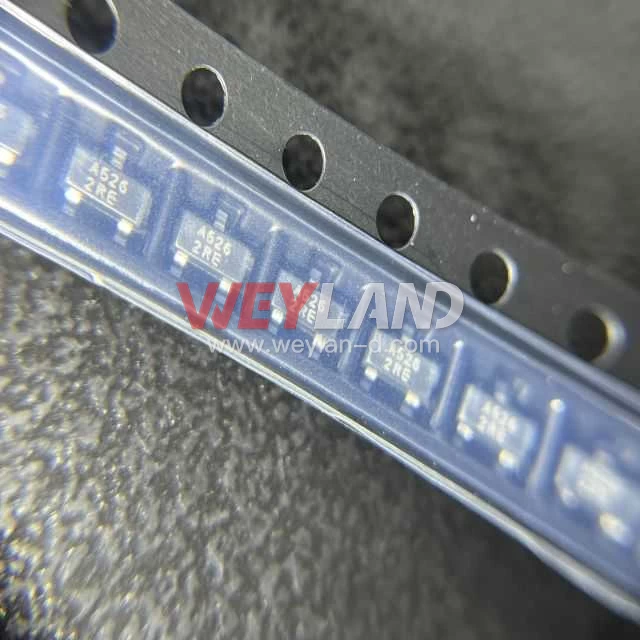
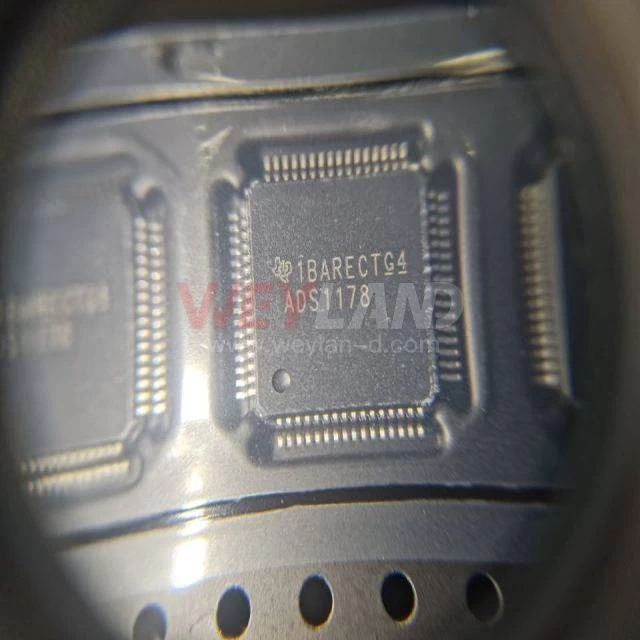
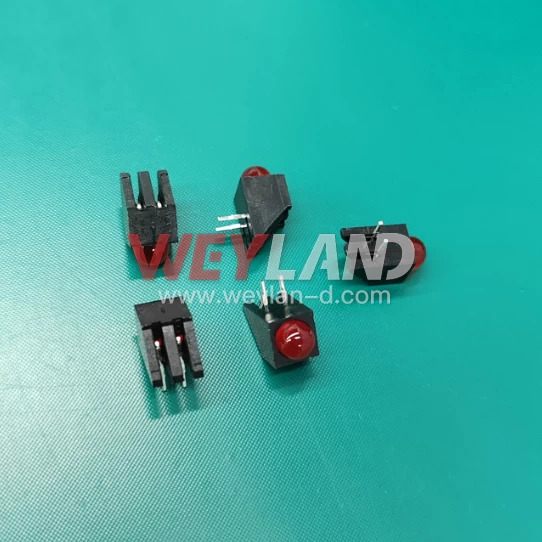
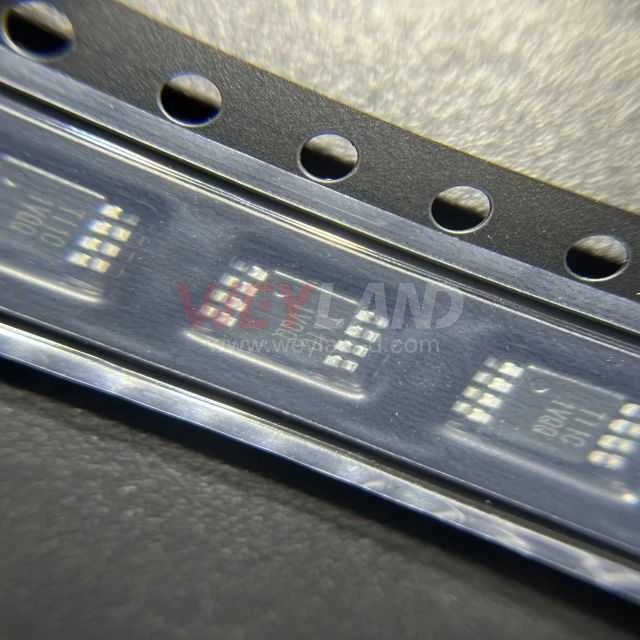
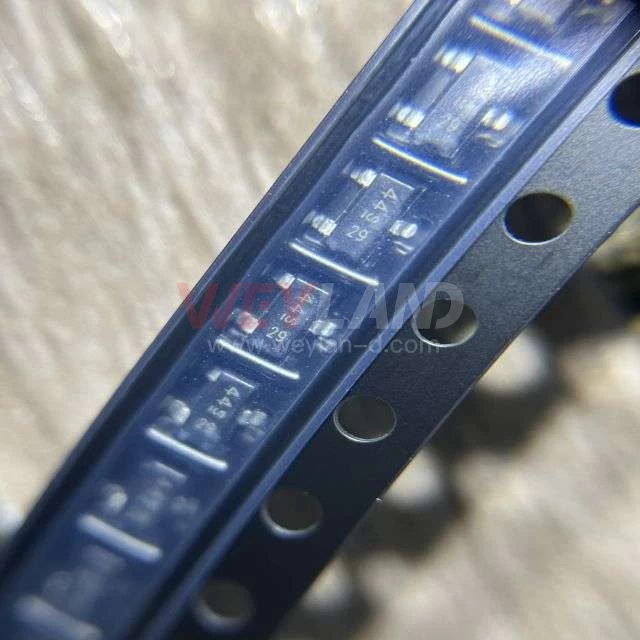
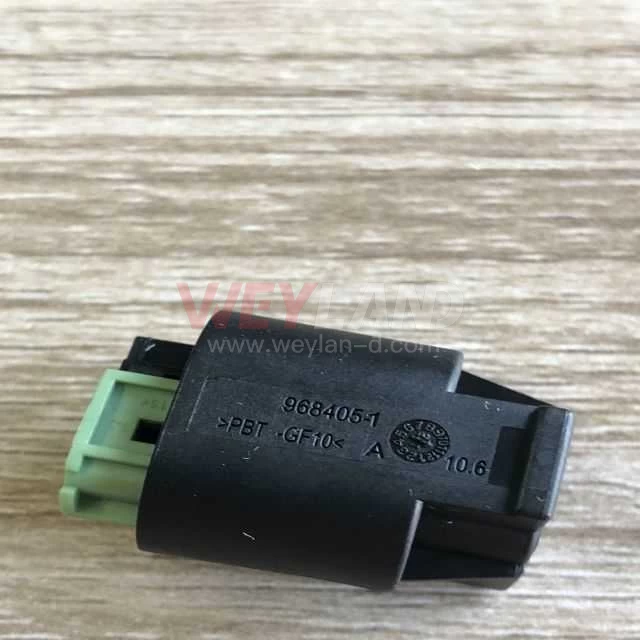
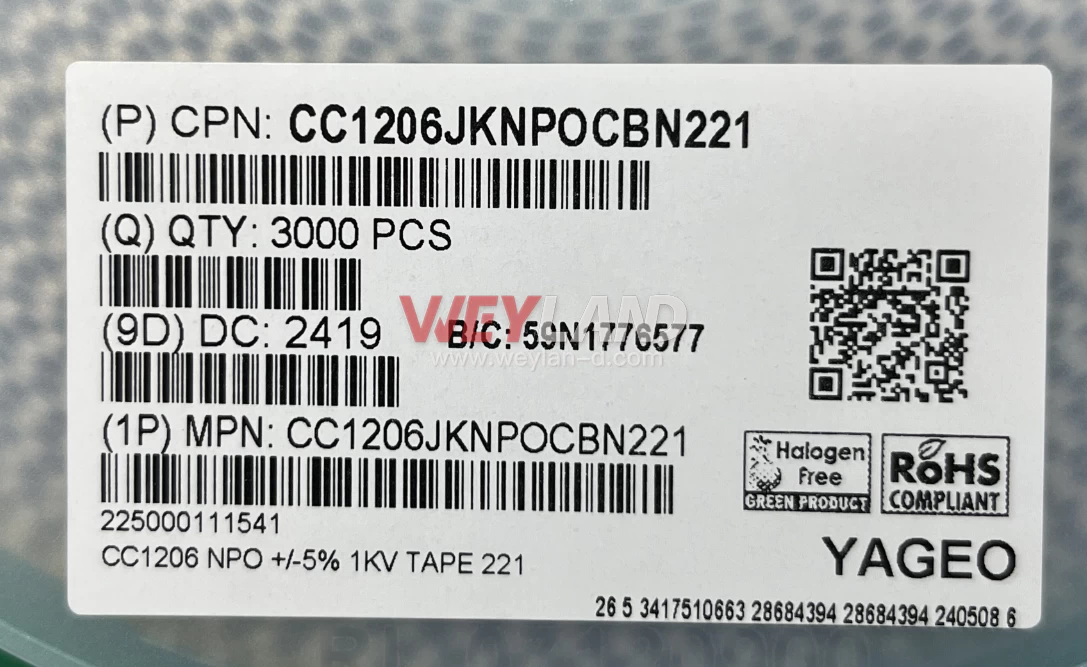



.9246509.png)












[email protected]
7500A BEACH ROAD #04-307 THE PLAZA SINGAPORE (199591)
RM 705.7/F.FA YUEN COMM BLDGNO.75-77.FA YUEN STREET.MONGKOK.KLN.HONG KONG
